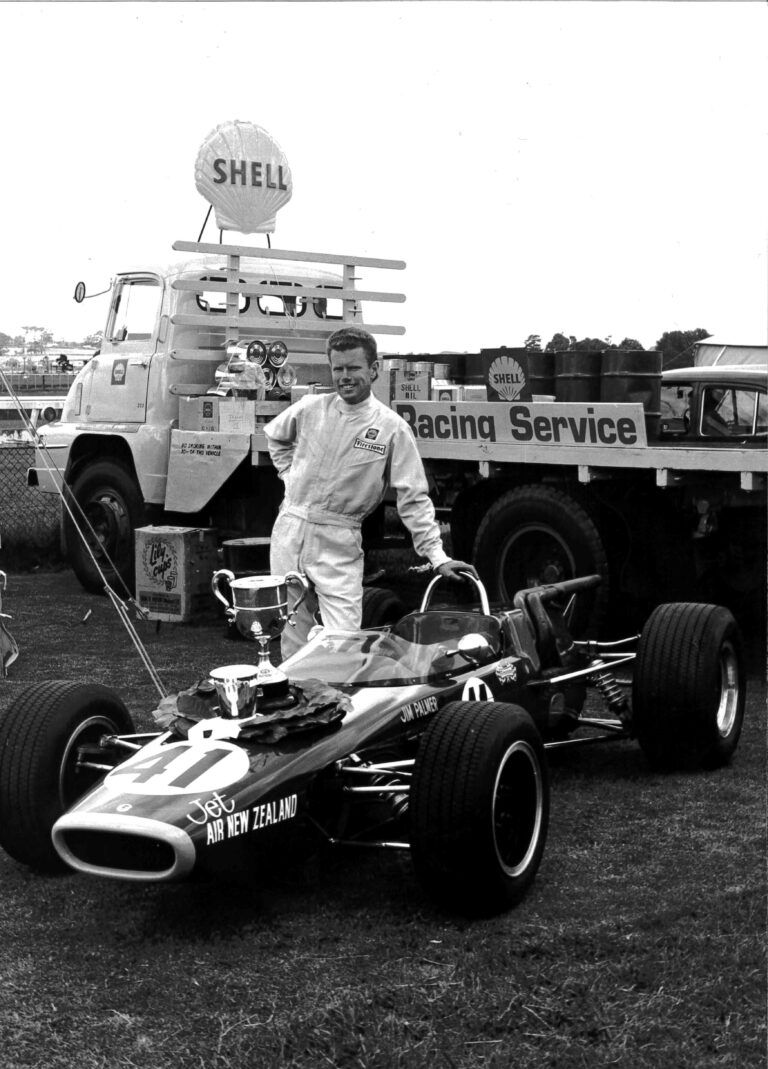There are not many instances where you can ‘settle down’ to an evening of car restoration. But on Saturday, November 8 at 7.30pm, all you need to do is tune in to TV3, put your feet up, and quintessentially British vehicles will be restored right before your eyes in the new documentary series For the Love of Cars.
A car, with a little love needed to get it back to its glory-days look, is hunted out by restoration expert Ant Anstead, who takes it to his car restoration company and sets to work with his team to get the car looking new again. While this is all taking place, actor and car enthusiast Philip Glenister, from British TV series Life on Mars, meets up with people from owners clubs and the like to check in with how the restoration should actually result. Empowered, and slightly persuaded, by this gathered knowledge, Glenister guides Anstead to ensure the restoration comes out how he envisions.
Check out episode one this Saturday evening — we hear there might be a Ford Escort Mark I Mexico undergoing a bit of a makeover.


